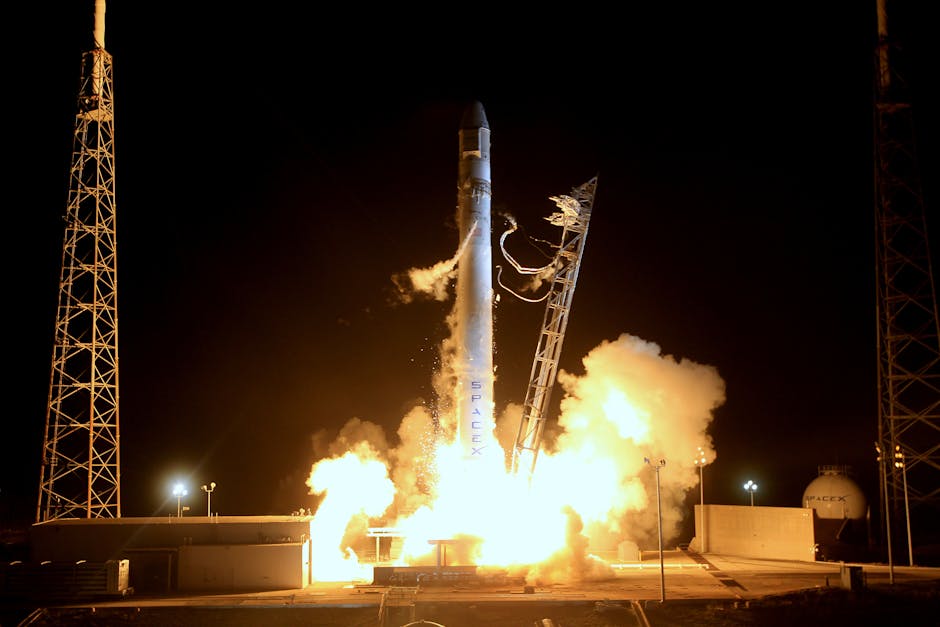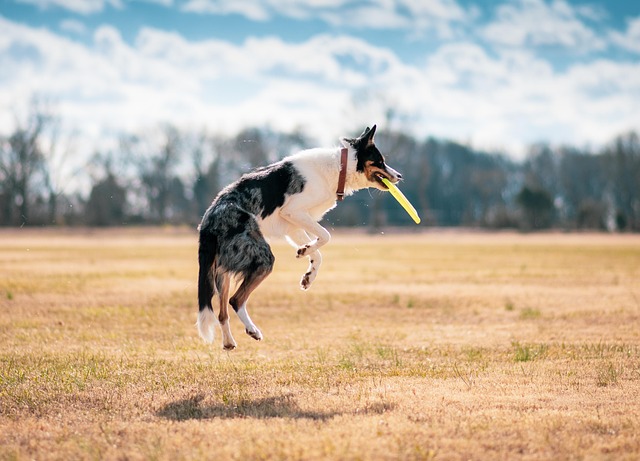[ez-toc]
Amateur Radio: A Lifeline in Times of Crisis
When disaster strikes, communication networks often crumble. Cell towers go down, internet access vanishes, and people struggle to connect with loved ones and emergency services. In these critical moments, a resilient network of individuals stands ready to bridge the communication gap: the amateur radio operators, often referred to as “hams.”
These dedicated volunteers, armed with their knowledge and battery-powered radios, become vital lifelines during emergencies. They create self-organized communication networks, allowing victims to connect with loved ones, emergency responders to coordinate rescue efforts, and relief organizations to direct resources efficiently.
The Importance of Ham Radio in Disaster Relief
Amateur radio operators play a crucial role in disaster response for several reasons:
- Independent Communication: They utilize radio frequencies independent of cellular networks, making them a reliable source of communication when traditional systems fail.
- Wide Coverage: Ham radios allow operators to communicate over long distances, covering areas far beyond the immediate disaster zone.
- Coordination and Collaboration: Hams facilitate coordination between various agencies, including emergency management officials, search and rescue teams, and relief organizations.
- Community Support: They provide critical information to the public, helping to alleviate anxiety and ensure the safety of those affected.
“In times of crisis, amateur radio operators are a vital resource, providing communication when other systems fail. Their dedication and expertise are invaluable.” – Anonymous
The Skills and Training of Amateur Radio Operators
Becoming a ham radio operator is not just about owning a radio. It involves dedication, training, and a commitment to service. Hams undergo extensive training and participate in regular drills to ensure they are proficient in operating their equipment and communicating effectively during emergencies.
Key Training Programs for Ham Operators:
| Program | Focus |
|---|---|
| Amateur Radio Emergency Service (ARES) | Providing communication support to emergency responders and agencies. |
| Radio Amateur Civil Emergency Service (RACES) | Establishing communication networks for local government agencies in emergencies. |
| National Incident Management System (NIMS) and Incident Command System (ICS) | Working effectively within emergency management frameworks and coordinating with other agencies. |
| SKYWARN | Providing accurate severe weather reports to the National Weather Service. |
| Auxiliary Communications (AUXCOMM) | Integrating ham operators into local emergency operations centers. |
How to Get Involved with Ham Radio
We also Published
- Morphology and Embryology: Comprehensive Insights
Explore the intricacies of Morphology and Embryology with comprehensive insights. - Agnikul Successfully Launches SOrTeD %%page%% %%sep%% %%sitename%%
Agnikul successfully launches SOrTeD, achieving milestones in semi-cryogenic technology and marking India’s first private launch. - Questioning Common Medical Practices: More Harm Than Good?
Questioning Common Medical Practices: such as how common medical practices like thickening liquids for dementia patients and stopping blood pressure medications before surgery may not be as beneficial as previously thought. Explore the conflicting evidence surrounding spinal cord stimulators for chronic pain.
If you are interested in becoming a ham radio operator and contributing to disaster relief efforts, here are the steps involved:
Steps to Becoming a Ham Radio Operator:
- Study: Learn about ham radio concepts, terminology, and regulations using resources like the ARRL Technician Class License Manual.
- Obtain a License: In the United States, pass the FCC Amateur Radio License Exam.
- Get Equipment: Purchase a beginner-level transceiver like the Baofeng UV-5R.
- Connect with a Local Group: Join a ham radio club to learn from experienced operators and gain practical experience.
The Future of Ham Radio
In an increasingly digital world, amateur radio remains a vital lifeline in times of crisis. As technology advances, ham operators continue to adapt, integrating new technologies and methods to ensure the resilience and effectiveness of their communications networks. They are a testament to the power of human connection and the importance of community resilience in the face of adversity.
Code Examples
1. Simple Morse Code Translator (Python)
# Morse code dictionary
MORSE_CODE_DICT = { 'A':'.-', 'B':'-...',
'C':'-.-.', 'D':'-..', 'E':'.',
'F':'..-.', 'G':'--.', 'H':'....',
'I':'..', 'J':'.---', 'K':'-.-',
'L':'.-..', 'M':'--', 'N':'-.',
'O':'---', 'P':'.--.', 'Q':'--.-',
'R':'.-.', 'S':'...', 'T':'-',
'U':'..-', 'V':'...-', 'W':'.--',
'X':'-..-', 'Y':'-.--', 'Z':'--..',
'1':'.----', '2':'..---', '3':'...--',
'4':'....-', '5':'.....', '6':'-....',
'7':'--...', '8':'---..', '9':'----.',
'0':'-----', ', ':'--..--', '.':'.-.-.-',
'?':'..--..', '/':'-..-.', '-':'-....-',
'(':'-.--.', ')':'-.--.-'}
def translate_to_morse(text):
"""Translates text to Morse code."""
morse_code = ''
for char in text.upper():
if char != ' ':
morse_code += MORSE_CODE_DICT.get(char, '#') + ' '
else:
morse_code += ' / '
return morse_code.strip()
# Example usage
text = "Hello World"
morse = translate_to_morse(text)
print(f"Morse Code: {morse}") 2. Basic Radio Transmission Simulation (Python)
import time
class Radio:
def __init__(self, frequency):
self.frequency = frequency
def transmit(self, message):
print(f"Transmitting on {self.frequency} Hz: {message}")
class Operator:
def __init__(self, radio):
self.radio = radio
def send_message(self, message):
self.radio.transmit(message)
print(f"Message sent: {message}")
time.sleep(1)
# Example usage
radio = Radio(145.250)
operator = Operator(radio)
operator.send_message("This is a test message.")
operator.send_message("Emergency! Help needed at location XYZ.")RESOURCES
- Use of Amateur Radio Operators to Augment Emergency …
- Ham Radio In Emergencies
- Emergency Communications | International Amateur Radio …
- Radio Amateur Civil Emergency Service
- Noob trying to set up family emergency communication
- Amateur Radio Emergency Communications
- Radio Amateur Civil Emergency Service
- When all else fails: amateur radio becomes lifeline of …
- Amateur Radio (HAM) – Fire Safety & Emergency Planning
- Ham Radio Emergency Communications Guide
- IEMA Forms Partnership with Amateur Radio Operators to …








0 Comments